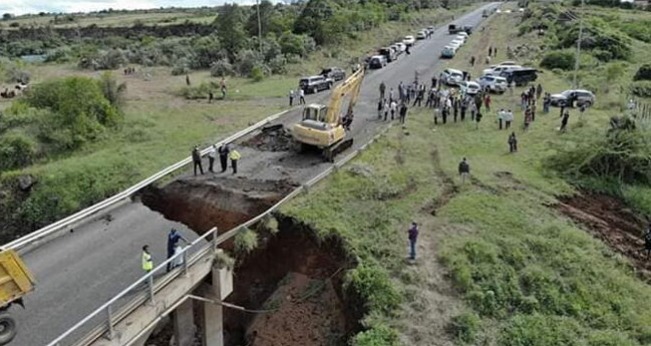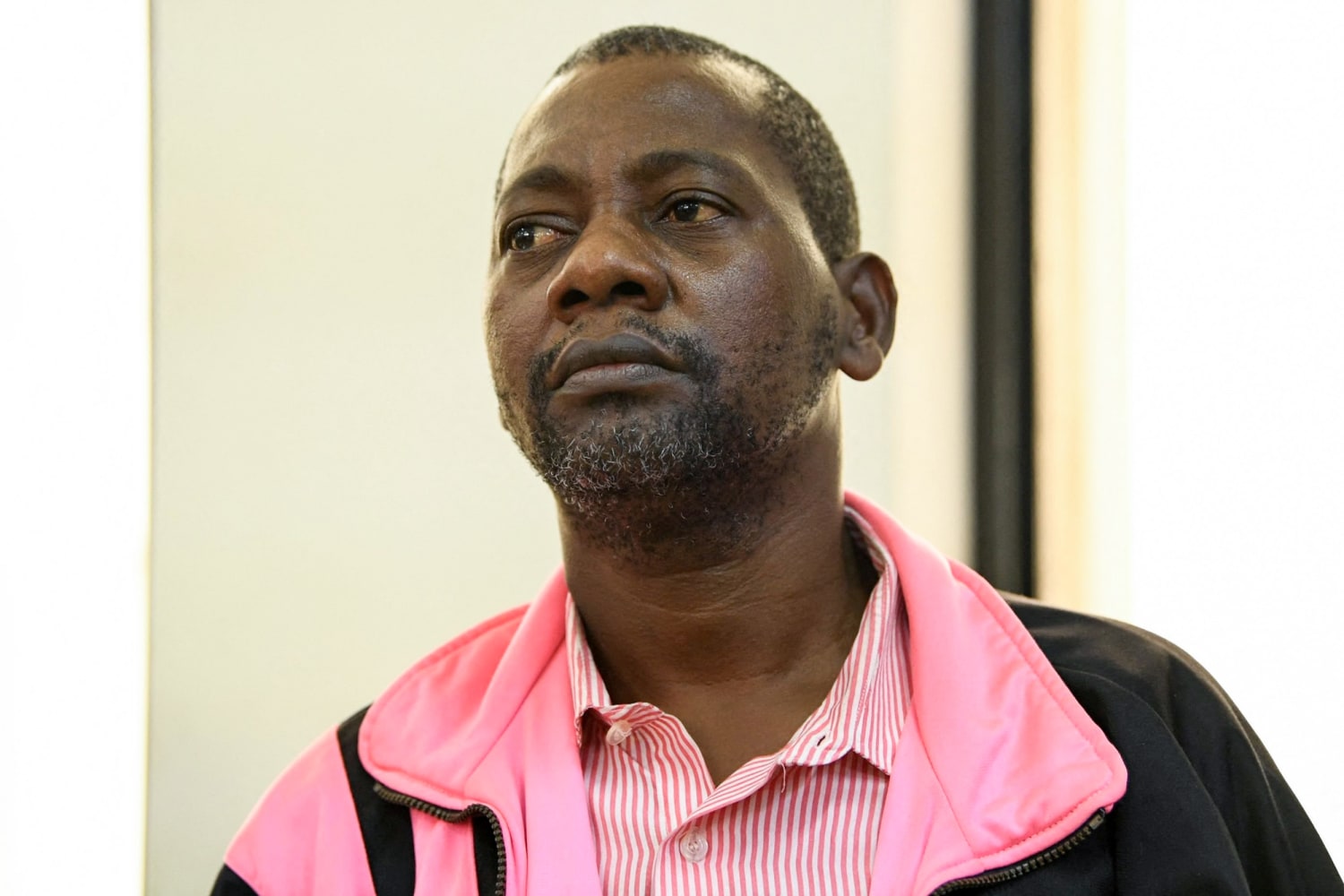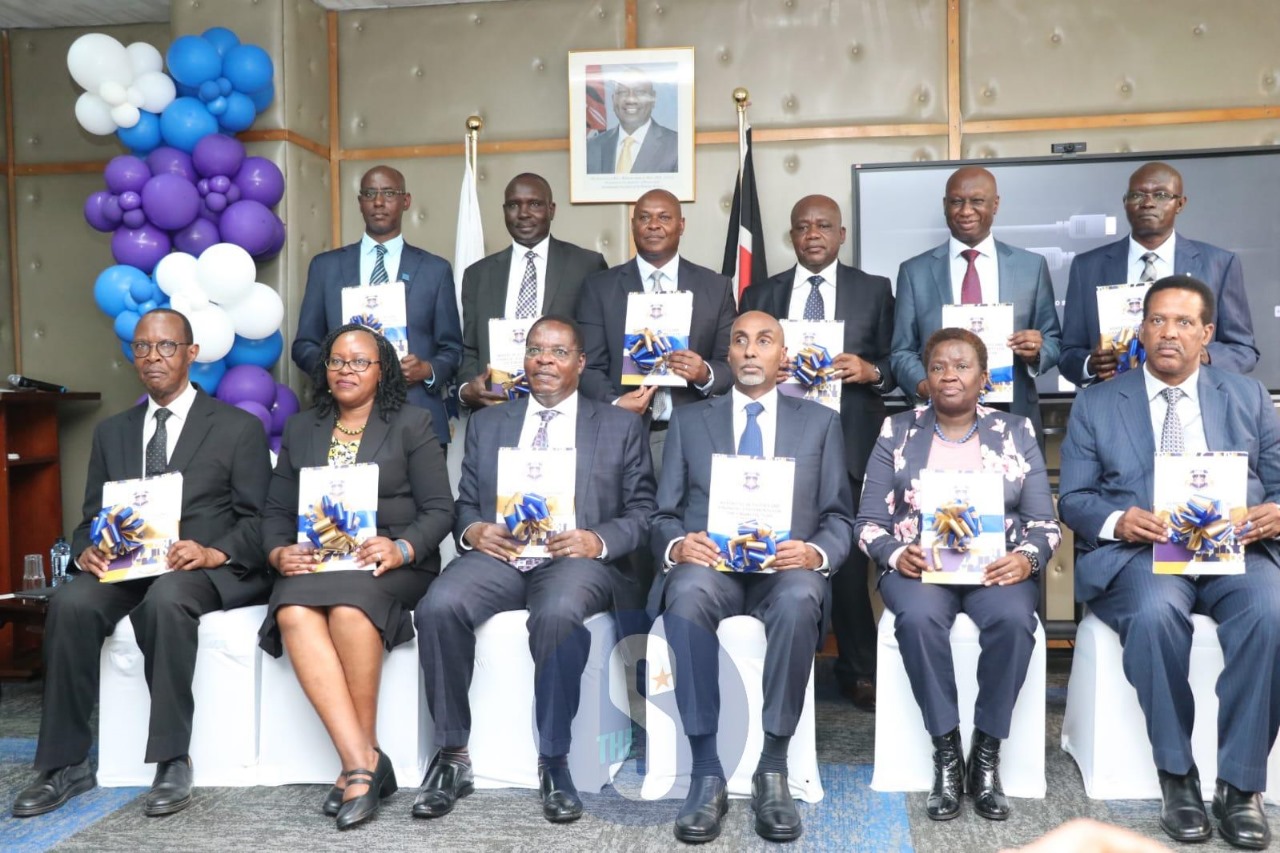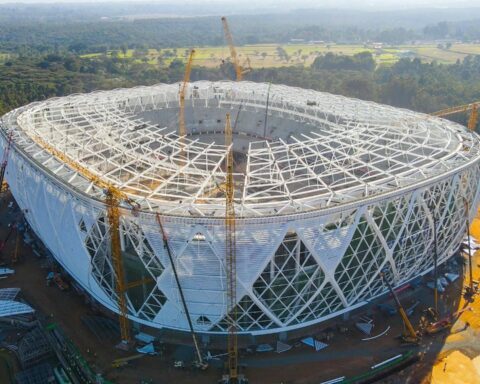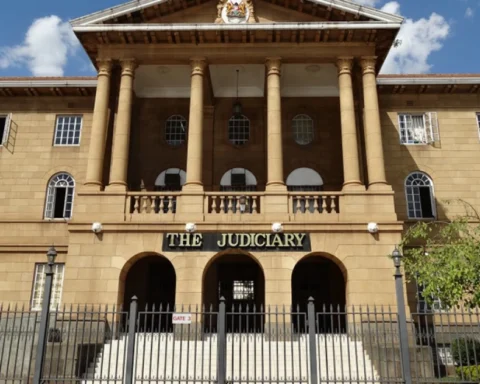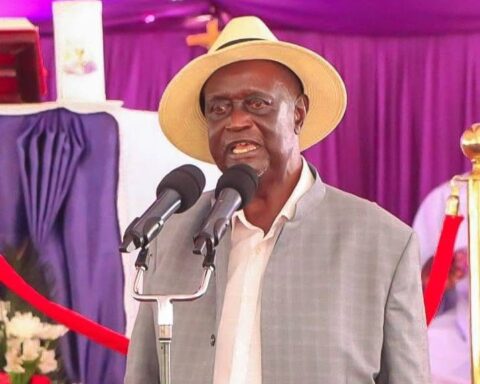Motorists plying the Nairobi–Narok Highway can rest easy after the Media Council of Kenya’s Media Observer dismissed alarming social media claims suggesting that a massive crack had recently developed along the Suswa section of the road.
The clarification came after a widely circulated image showing a gaping fissure along a tarmac road triggered online panic and calls for immediate intervention from the Kenya National Highways Authority (KeNHA). The photograph depicted stranded motorists and pedestrians as engineers attempted urgent repairs, a scene that, on face value, suggested a fresh infrastructure crisis.
However, Media Observer firmly set the record straight. “There is no recent crack on the Nairobi–Narok Highway, and motorists on that route are not facing such disruptions,” the agency stated. It further revealed that the image in question was not from the Suswa stretch at all, but from the Maai Mahiu–Narok Road, captured back in April 2020.
At the time, flash floods had carved a ten-meter-deep crack into the road, cutting off transport and forcing motorists to seek alternative routes. KeNHA acted swiftly then, completing emergency repairs within four days. “The photo matches April 2020 news coverage of the eroded section of the road and subsequent repairs; the photo was used out of context to falsely suggest current damage in Suswa,” Media Observer clarified.
Interestingly, this was not an isolated occurrence for the Maai Mahiu–Narok Road. In 2023, another crack emerged, again disrupting transport before being rehabilitated.
This latest case highlights the speed at which misinformation can spread, especially when visual content is taken out of context. For motorists, the takeaway is clear: verify before you panic. And for the wider public, it serves as a reminder that in the age of viral news, fact-checking remains not just advisable, but essential.
